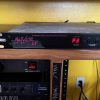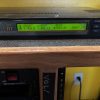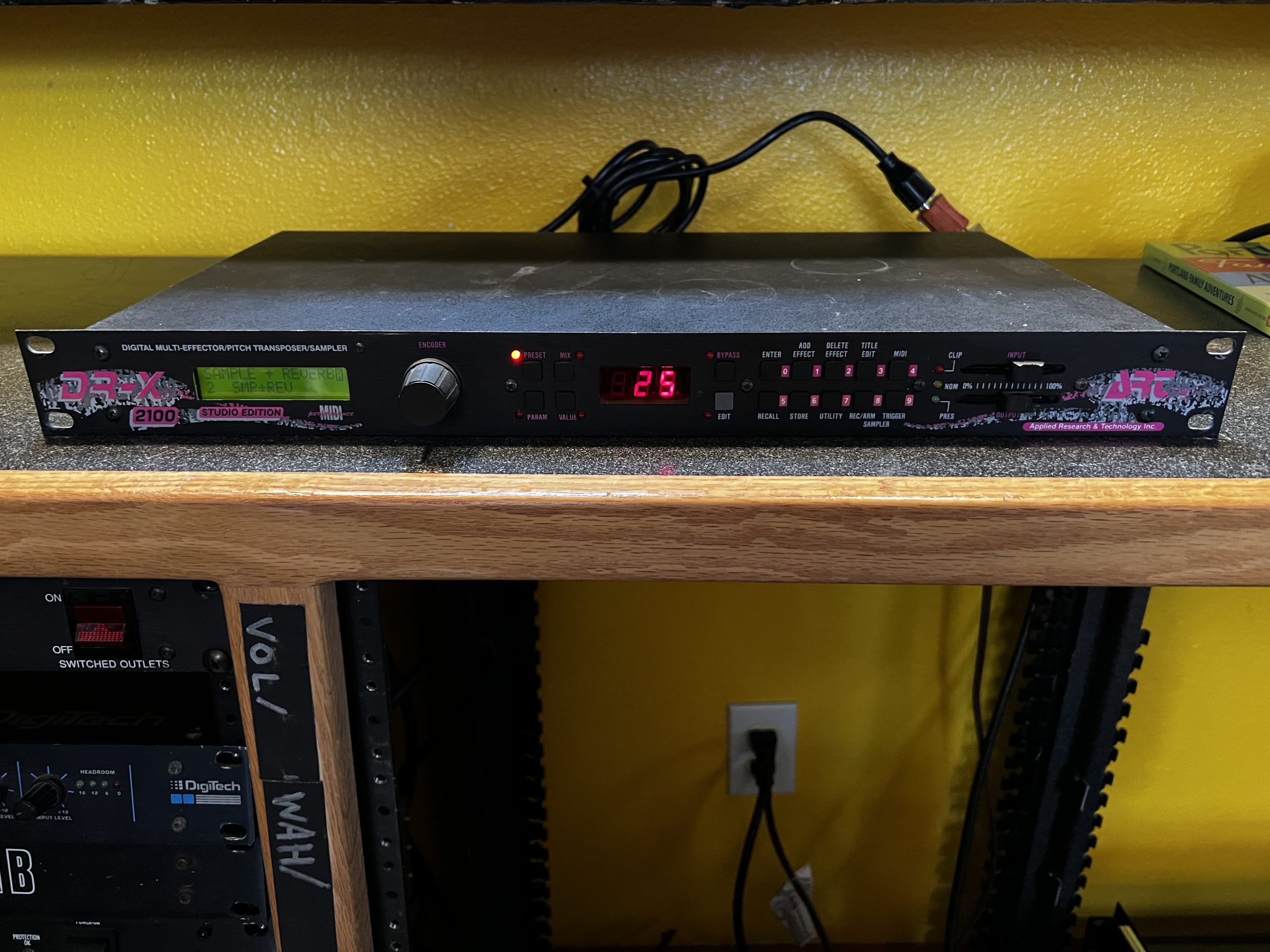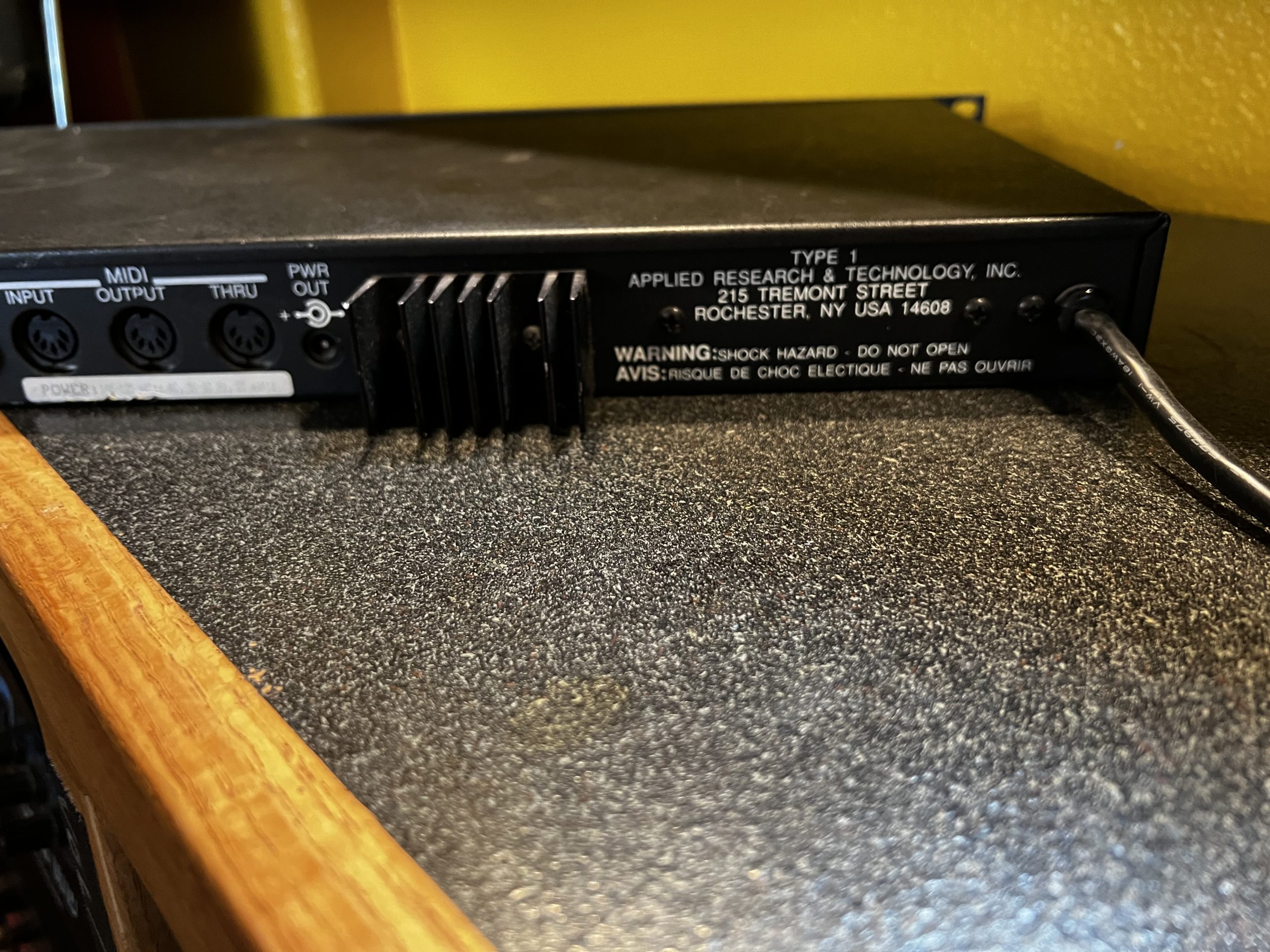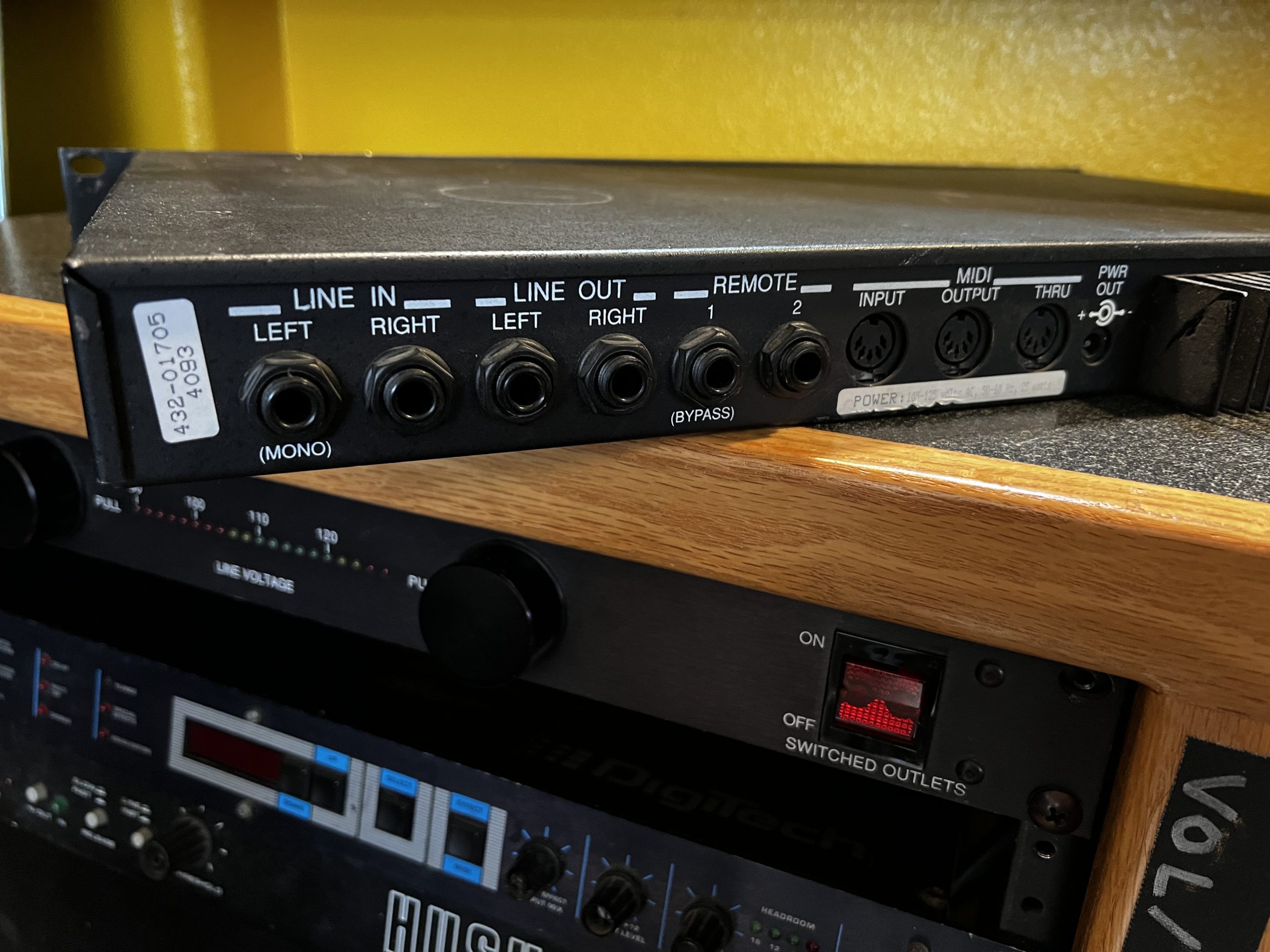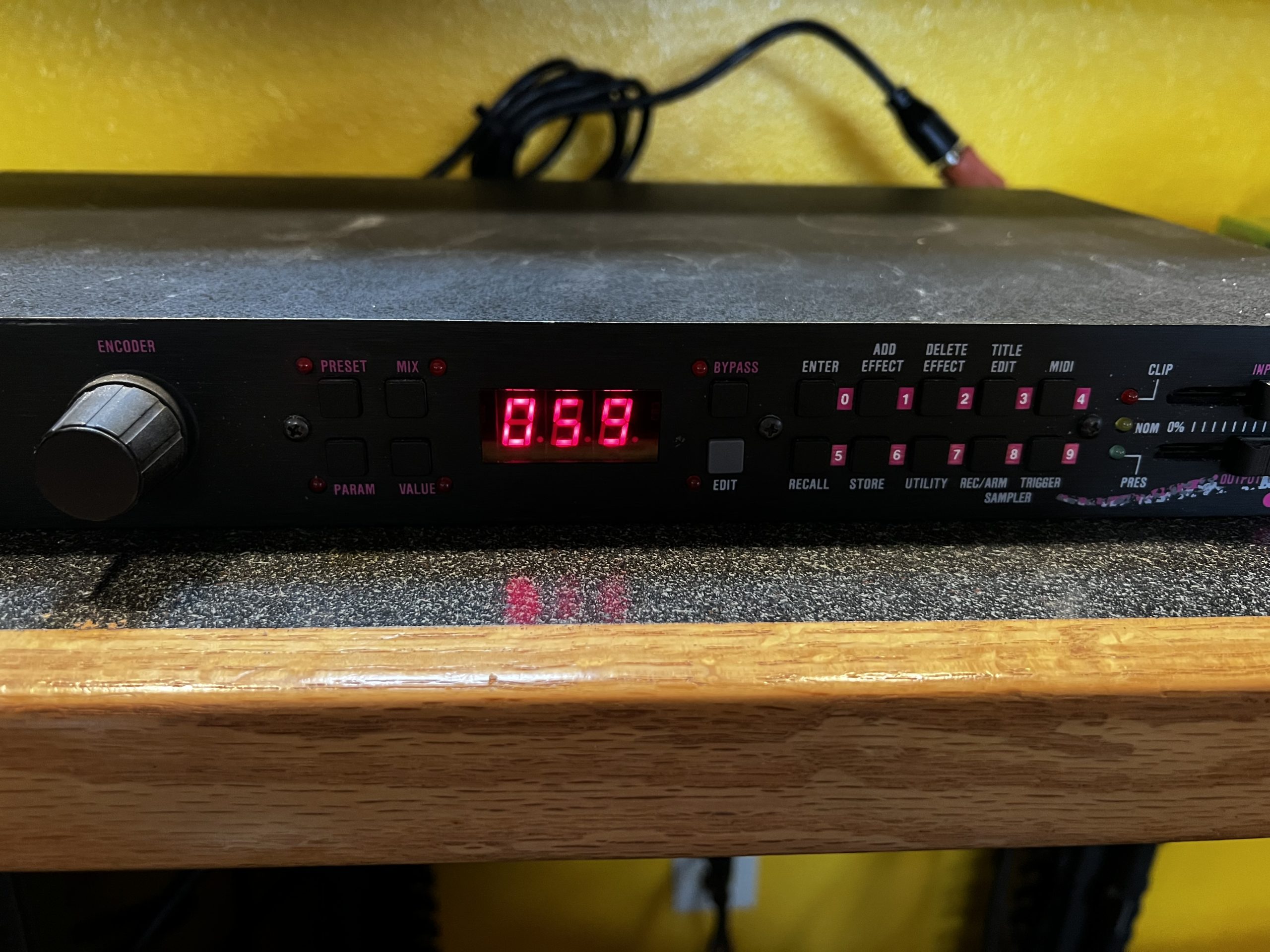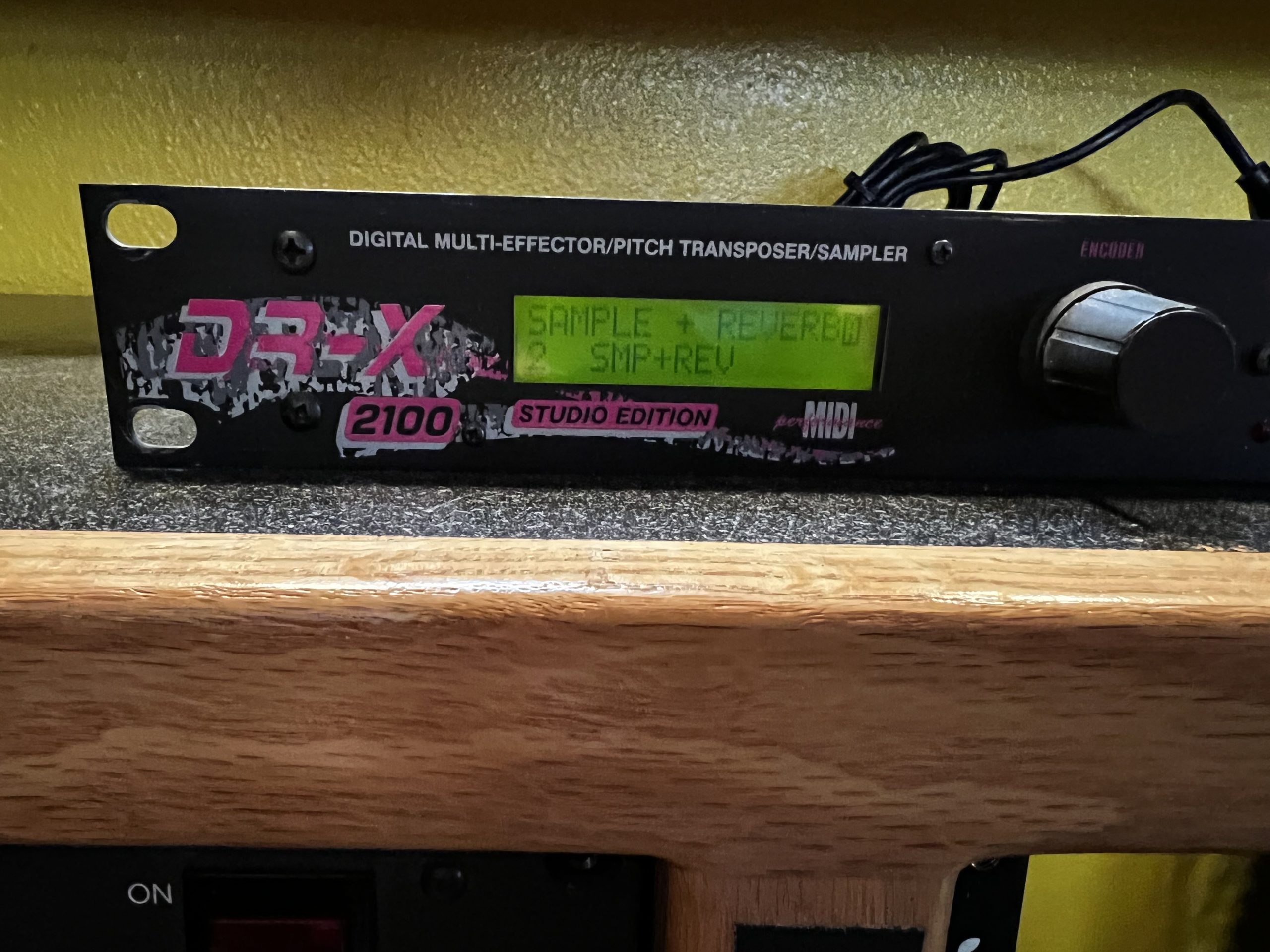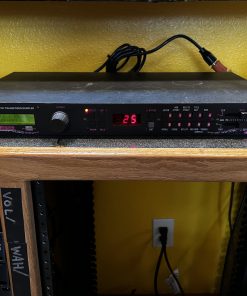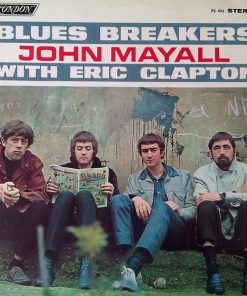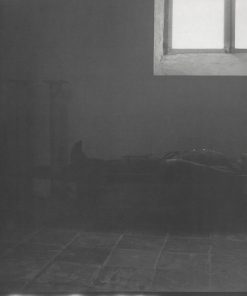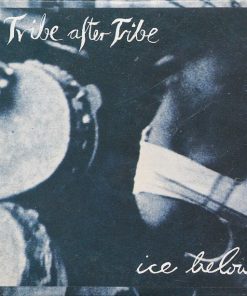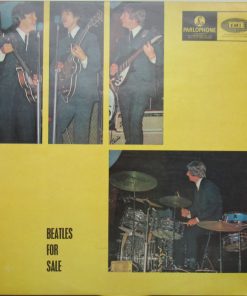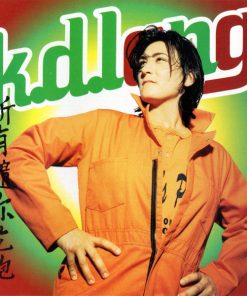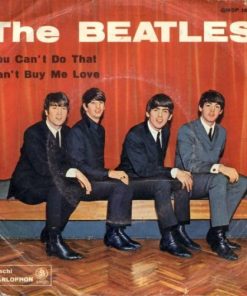ART DR-X 2100 Studio Edition – Multi- Effect / Pitch Transposer / Sampler – Rack Unit
$99.00
Out of stock
We are Eclectic Sounds / aka: eclsounds – a store front in Portland, Or. We are open 7 days a week from 11 – 5 PST (by appointment)
Fully tested in great working and cosmetic condition.
How many effects at once? Ten! That’s right, up to ten effects at once — perfect if you can even think of ten effects you would want to use at the same time. At any rate, if it is “how many simultaneous effects” that is your first question about a multi-effects processor, the DR-X has a big answer and a lot of extras to go with it.
The DR-X boasts having over sixty different effects to choose from. What this boils down to is twenty-six primary algorithms. Some of these algorithms have more than one effect available. For instance, the Expander/Gate algorithm counts as one algorithm, but it actually has three effects, an expander, a noise gate, and a filter envelope. Other algorithms, such as the Reverb 1 algorithm, count as one primary algorithm, but have additional secondary algorithms of their own. In the case of the Reverb 1 algorithm, the secondary algorithms are Hall-1, Room-1, Plate-1, and Vocal-1.
Stay with us now. Of the 26 primary algorithms, six are primary reverb algorithms, each with four secondary algorithms providing choices for “types” of reverb. This gives us a total of twenty-four different reverb effects. Eight more of the primary algorithms are delay algorithms. Again, some of the delay algorithms have secondary algorithms of their own offering different “types” of delay. When you look at the number of different delay effects you can have, the number is well over twenty.
Together, reverb and delay effects total nearly fifty of the sixty effects available on the DR-X. The primary delay and reverb algorithms consume 14 of the 26 primary algorithms. So, when you hear about a processor having over 5000 effects, bear in mind that it might have some 4950 delay and reverb programs. Having said this, let’s go on to say that these numerous delay and reverb effects are not to be taken lightly. The 16-bit, full bandwidth reverb programs are clean and versatile. Reverse reverbs are available as are gated reverbs. The delay programs are equally as clean and versatile. As you know, the amount of memory inside any digital processor is going to dictate the maximum amount of delay time available. In the DR-X, a maximum of two seconds of delay is possible. A nice addition to the delay algorithms that you don’t see on many processors is the Tapped Delay. Up to seven taps are available with a total delay time of 1.8 seconds. Used in the stereo mode, the Tapped Delay algorithm can provide up to 14 repeats of an input signal, each bouncing back and forth between left and right channels.
| Weight | 132 oz |
|---|
Related products
To Be Sorted
To Be Sorted

